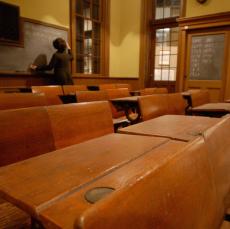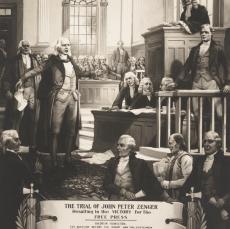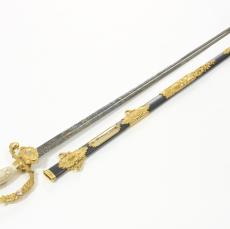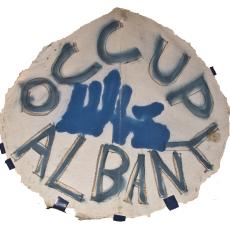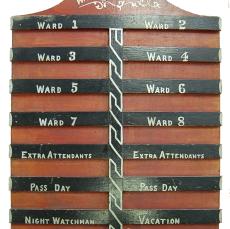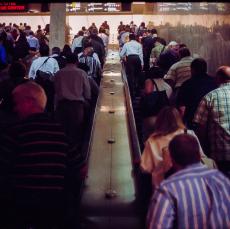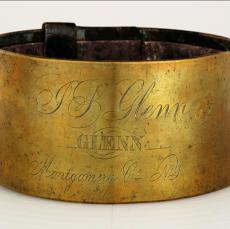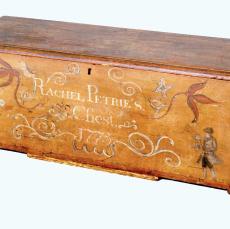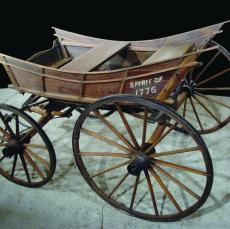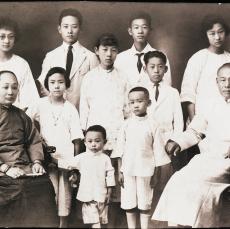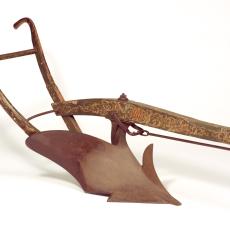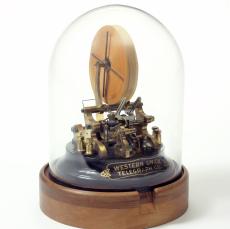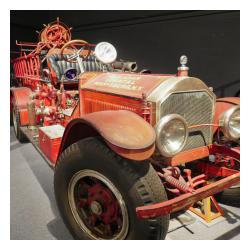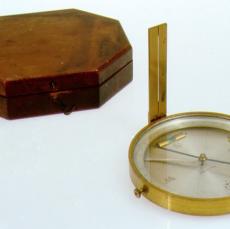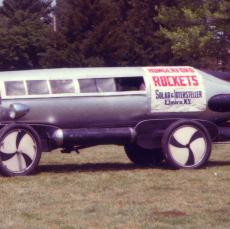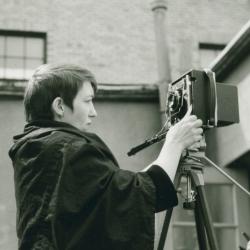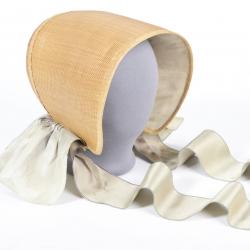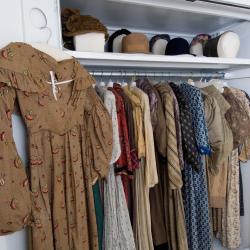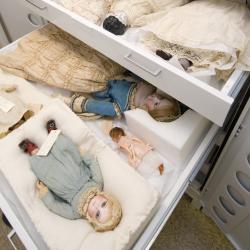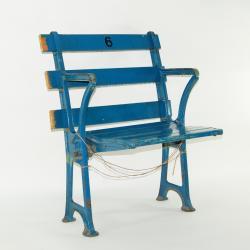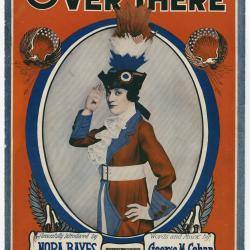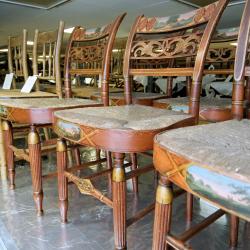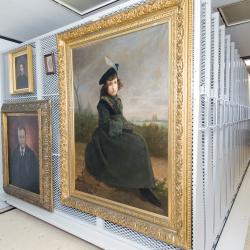History Collections
The New York State Museum History Collections are vast – from an 18th century colonial Dutch armchair to a Norden bombsite from WWII to a painting by Romare Bearden. The artifacts in our collection tell the stories of the people of New York State. To better manage these collections, they are divided into the categories of social history, political history, cultural history, and economic history.
Political History
The Political Collections of the New York State Museum encompass a broad spectrum of political, social, economic, industrial, and military topics and materials with the goal of preserving related artifacts for generations to come.
9/11
The New York State Museum is home to the largest and most comprehensive collection of artifacts pertaining to the September 11, 2001, terrorist attacks on the World Trade Center. The collection encompasses materials from the World Trade Center, including building materials and objects of daily office life; a significant number of artifacts pertaining to the heroic efforts of first responders; fragments of the aircraft; and material documenting the tremendous global response to the attacks.
Social History
The New York State Museum’s History Collections are filled with objects from everyday New Yorkers. From a collection of furniture and household goods used by several generations of a Dutch middle-class farming family in the Hudson Valley to a set of daguerreotypes and tintypes from an African American family living in Canajoharie in the mid-19th century. Historians and curators at the Museum strive to collect and preserve the history of all New Yorkers.
Economic History
Since the founding of colonial New Netherlands in the 17th century, New York has led the economic development of the United States. The Erie Canal and New York City played the central role in that development and helped make New York the Empire State. The various modes of transportation gave New Yorkers great access to markets for their products and the natural resources of the State. Combining those assets with the wealth generated and invested into industrial pursuits, New York State lead the nation in manufacturing from 1840-1960. New York’s economic story starts on a local level with the individual and goes to the multi-national corporations who thrive in our State. From the local farmer who raises cows to produce milk, to the scientist who invents a new computer, the New York State Museum’s collections encompass the vast aspects of economic and technological experiences our State.
Cultural History
The rich and varied cultural history of New York State is reflected in the wide-ranging types of objects in the Museum’s collection. Superb examples produced in the state from paintings, furniture, and decorative arts, to musical instruments and toys are just some of the work featured and showcase the innumerable contributions to art and culture made by New Yorkers across some three centuries. Preserving, interpreting, and presenting these treasures is the mission of historians and curators at the Museum.



